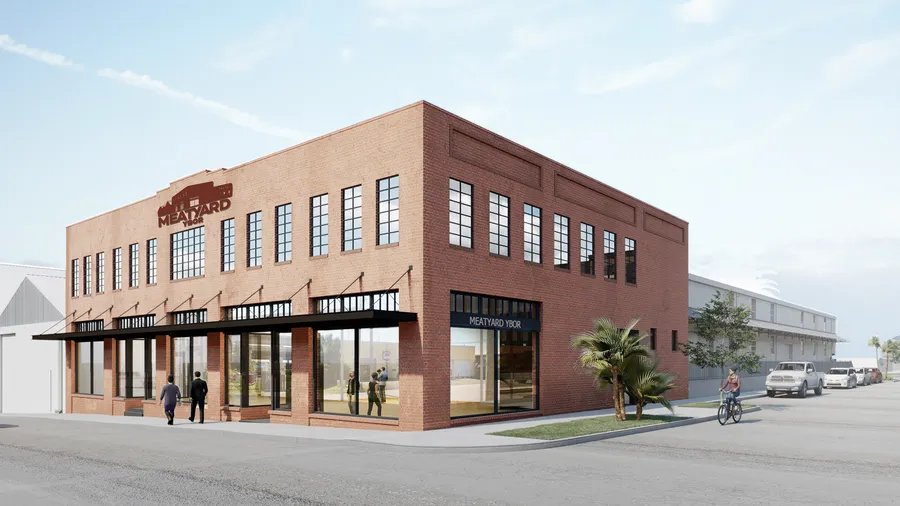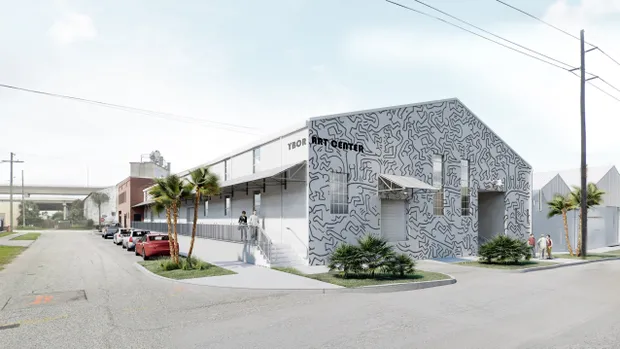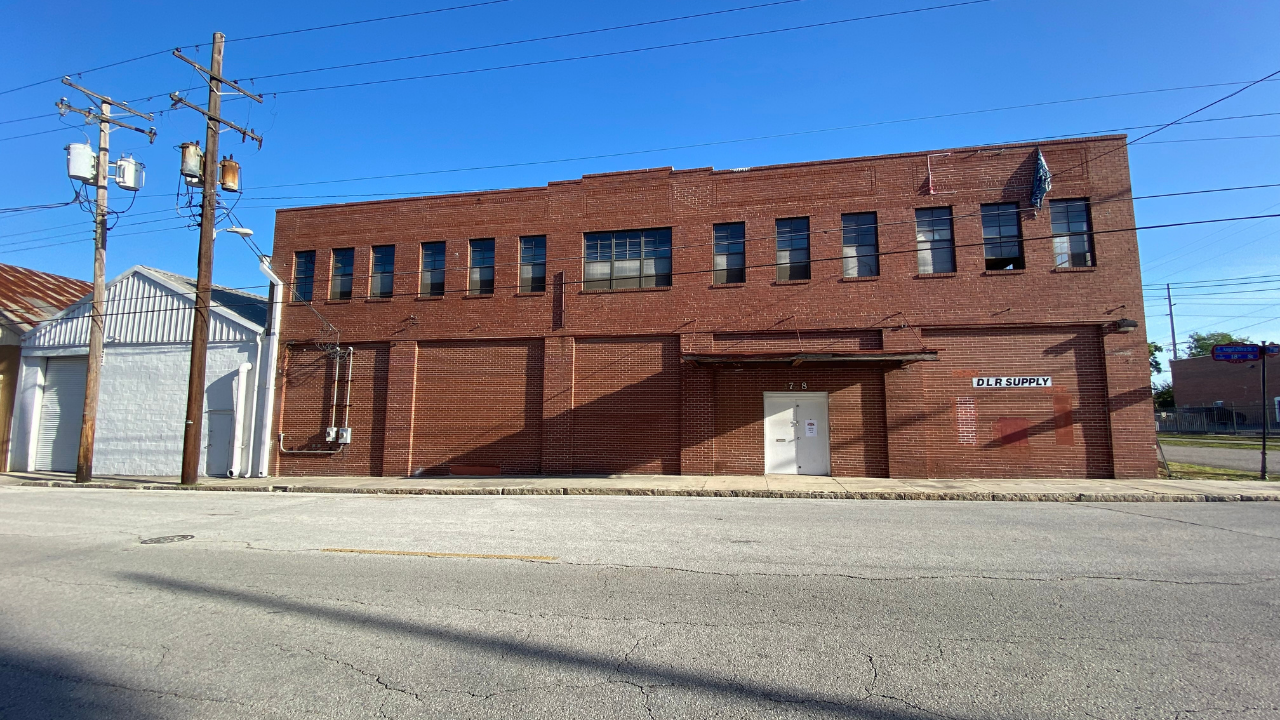Meatyard_Ybor



Tampa, Florida
Published_2022
The vision of converting 12,000 square feet of warehouse space into galleries and art
studios is part of developer Darryl Shaw’s bolder vision for Ybor City.
The concept called Meatyard, named in honor of Jerry Meatyard, a former Ybor artist and professor at Hillsborough Community College’s Ybor City campus, entails developing 56 affordable artist studios and roughly 2,800 square feet of gallery and exhibition space at 1728 E. Second Ave.
“Ybor was a big arts district, but then the artists started to get priced out. We want to keep that culture, that flavor and really find a way to help artists return and live in Ybor,” Shaw said. “We are thinking about ways to do that. You have the Warehouse Arts District in St. Pete, but there’s nothing in Tampa.”
Shaw, who is the CEO of Tampa-based BluePearl Veterinary Partners, which he will soon retire from, is also leading the efforts of Gas Worx – a transformational project revitalizing 50 acres between historic Ybor and downtown’s Channel district into a thriving destination for residential and hi-rise commercial uses.
He explained how the reality for Meatyard, several blocks from Gas Worx, can only be achieved through multiple factors, including similarly replicating St. Pete’s success of flipping unused industrial steel buildings into vibrant artistic spaces, creating a destination.
Shaw has also studied Portland’s Northwest Marine Art Works, a collection of WWII buildings that now serve as studios for glassblowers and sculptors, and visited Sawyer Yards in Houston, Texas, a complex of artist studios, restaurants and shops inside warehouses surrounding a working railroad line. He also looked at Miami’s Bakehouse Art Complex, the city’s premier not-for-profit incubator for artists.
Shaw noted that studios can’t be enough to bolster the district, as there has to be an element of affordable housing so the artists can take residence in the city. Additionally, he believes educational institutions such as the University of Tampa, HCC and the University of South Florida can expand their art programs into Ybor.
“I don’t think this [Meatyard] is something that happens on its own. We have to be intentional about affordable housing for the artists and these institutions. If we get it all, it creates this critical mass,” he said.
The art studio component is moving ahead while the residential units are something Shaw and his team are looking at, to see how to make them affordable for artists to stay within the city.
In St. Petersburg, developers have toyed with the concept of micro-units, tiny homes and shipping containers to help address affordable housing needs for artists and others in the community.
“It creates this communicate, collaborative sector and that’s the goal. We are just starting the conversations on this,” Shaw said.
“We will need help to execute this. Historically, artists have left Tampa and have gone elsewhere like St. Pete and other cities. On the commercial aspect of art production, artists need an outlet to sell their art. As Tampa grows, we’ll see more interest geographically dispersed. I’d love to see galleries start moving to the area,” She said